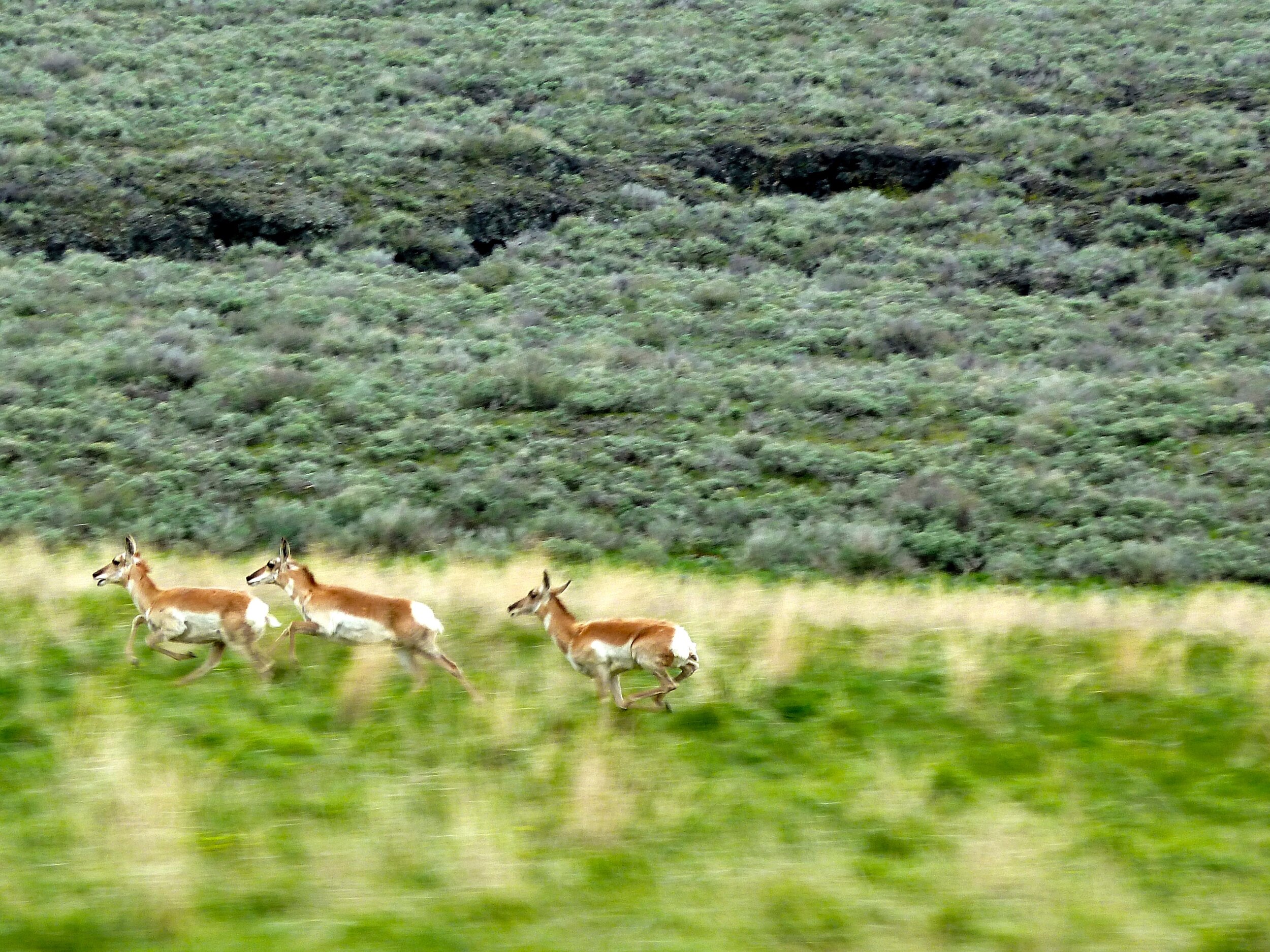
Long distance wildlife migration is increasingly at risk.
Globally, wildlife migration corridors are obstructed or threatened by habitat fragmentation and human development. In the Greater Yellowstone Ecosystem, an area known for protected lands, approximately 75% of migration routes for pronghorn and other long distance migrants (including bison and elk) have been lost. These routes had previously persisted for thousands of years, but have been cut off by human development. Threats to wildlife migration corridors are increasing across the Intermountain West and the few remaining corridors are at risk. Maintaining these routes is an essential, but difficult conservation challenge. Pronghorn and other wildlife make use of protected lands, like the Craters of the Moon National Monument and Preserve, managed by the National Park Service, but they move across a variety of land ownerships and rely heavily on private land.
How do we sustain long distance migration in the face of land use change and development? We can only conserve these long distance routes if we know exactly where they are. The Lava Lake Institute set out to document the migration route of the pronghorn that summer in the Pioneer Mountains.
In October 2008, we worked with our partners at the Wildlife Conservation Society, the Idaho Department of Fish and Game, and the Pioneers Alliance to conduct a study of pronghorn migration. We placed Global Positioning System (GPS) collars on 10 female pronghorn to track their movements for one year. To the surprise of all involved on the project, the majority of the collared pronghorn traveled from the Pioneer Mountains to the base of the Little Lost River and Birch Creek in eastern Idaho.
Prior to this study, this was an unknown migration route. The animals from the Pioneers join to form Idaho’s largest pronghorn herd on the winter range.
Subsequently, 14 does were captured and collared in 2009. Data from both years show some variability in terms of summer and winter range use but strong fidelity to the very narrow migration route that extends from Lava Lake Ranch to Arco, passing through the Craters of the Moon National Monument. This segment of the migration route is wedged between the mountains and the highway and is as narrow as 200m.
Now that we know where the pronghorn migrate, our job is to protect it. Many land stewards are involved with the persistence of this one population of pronghorn antelope. Private landowners, the State of Idaho, Bureau of Land Management, Department of Energy, and the United States Forest Service all have lands that are used by this population of pronghorn. We are working with conservation organizations, landowners, and land management agencies to conserve this migration route and Idaho’s largest pronghorn herd in perpetuity.


